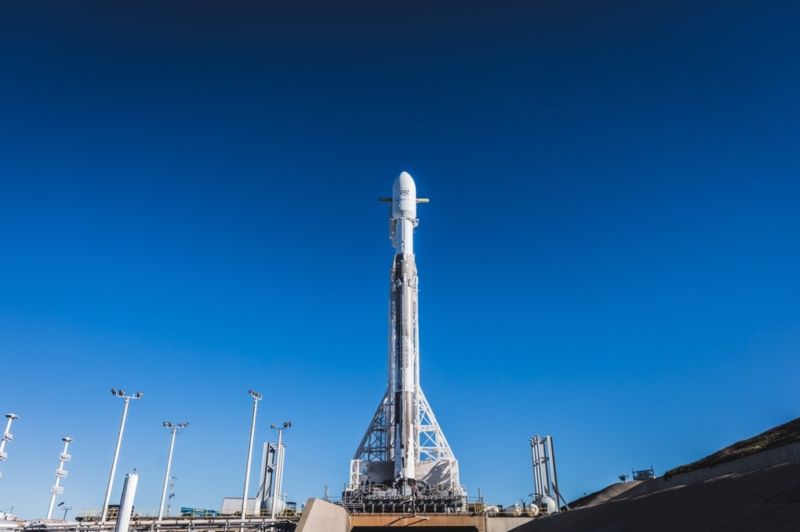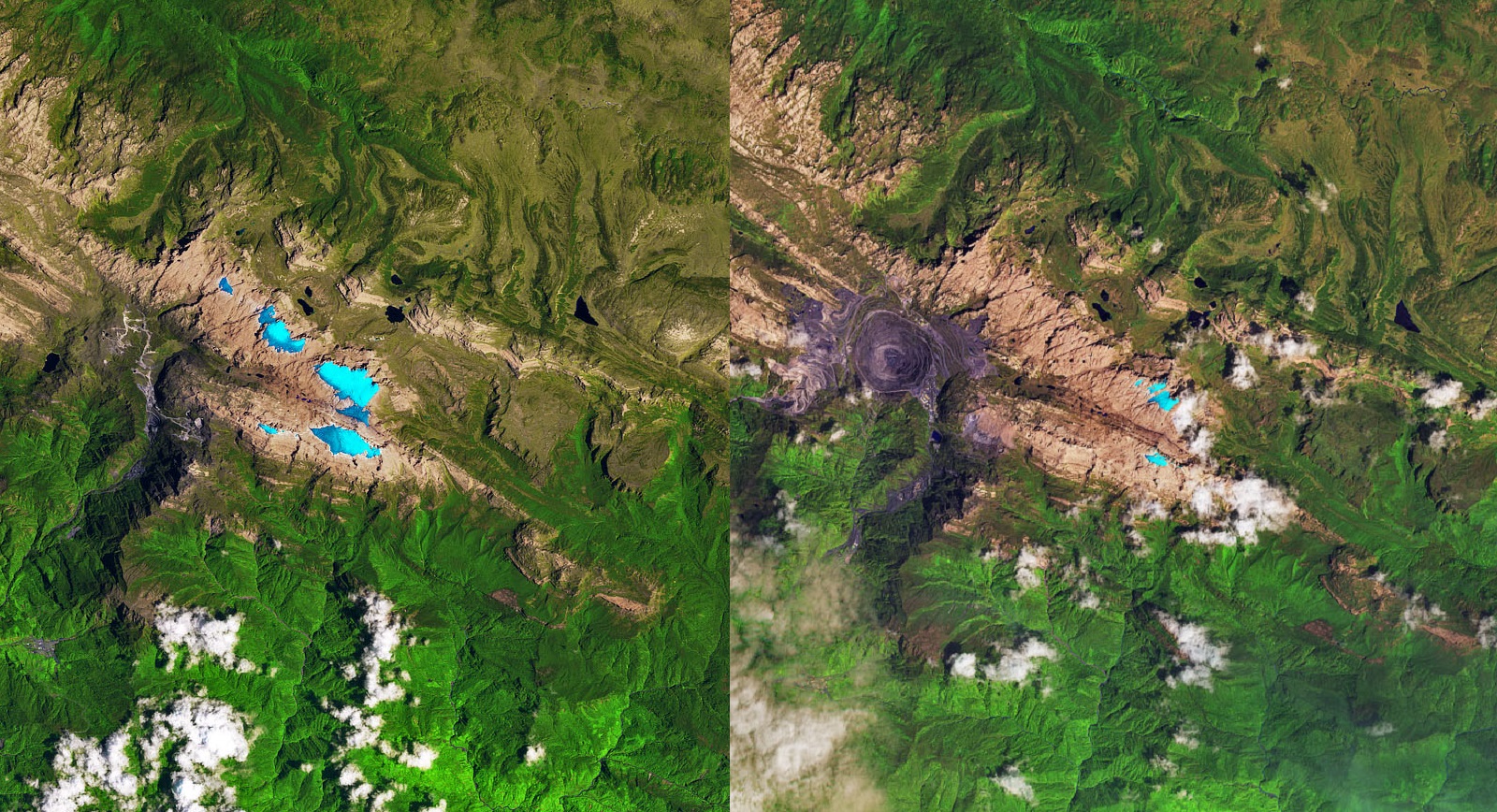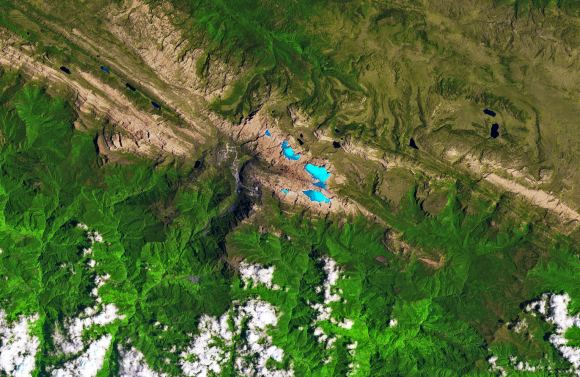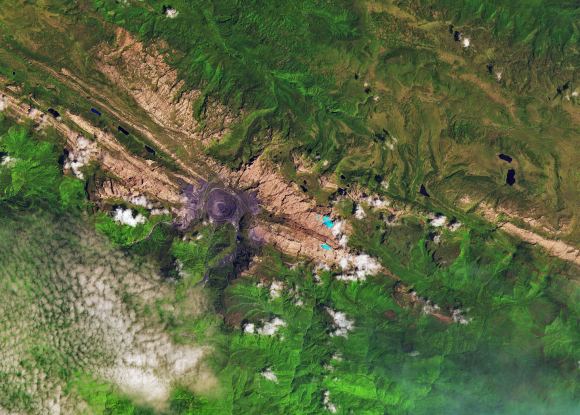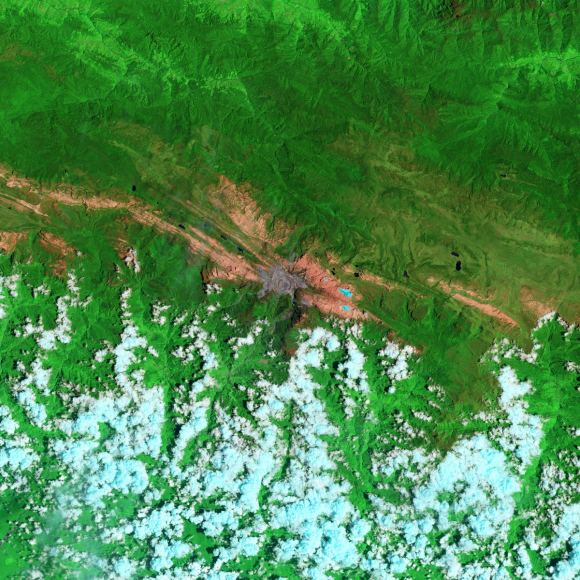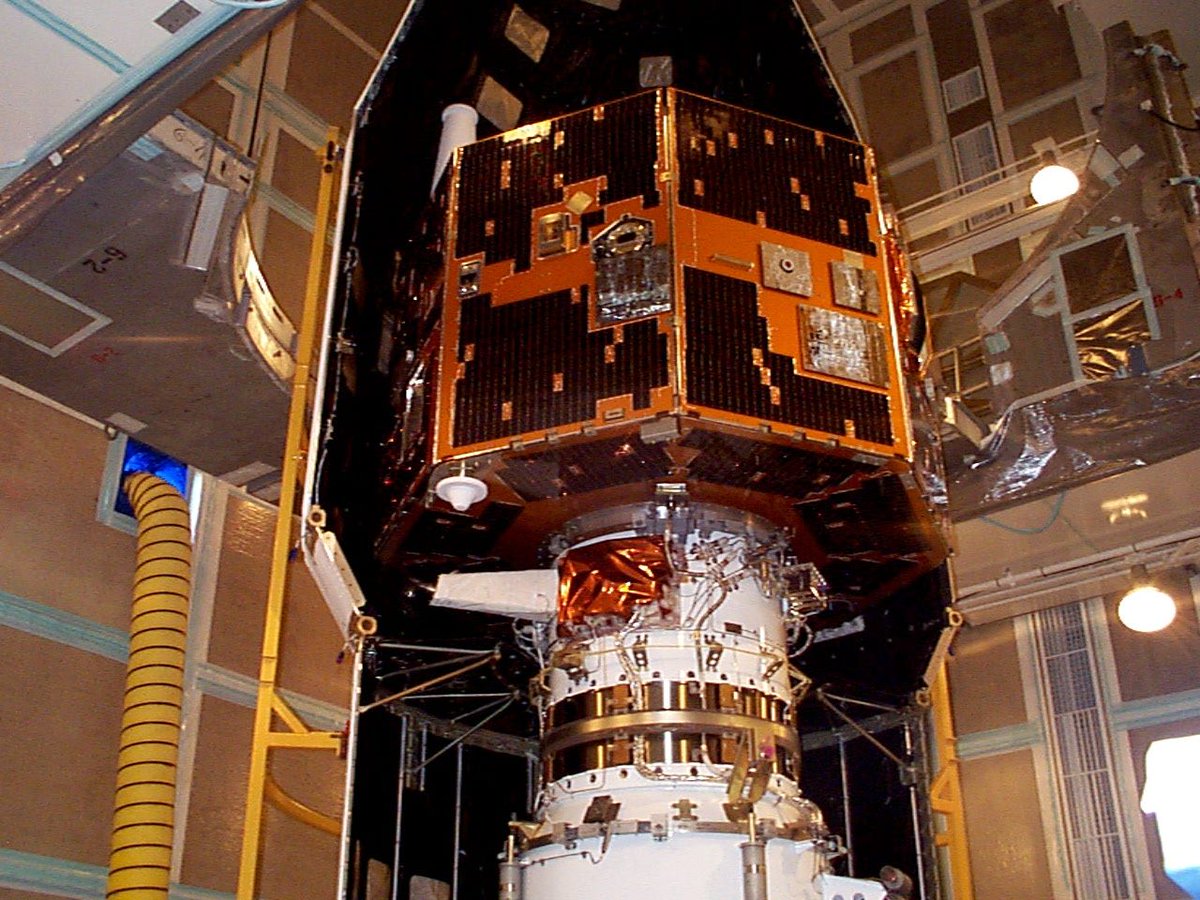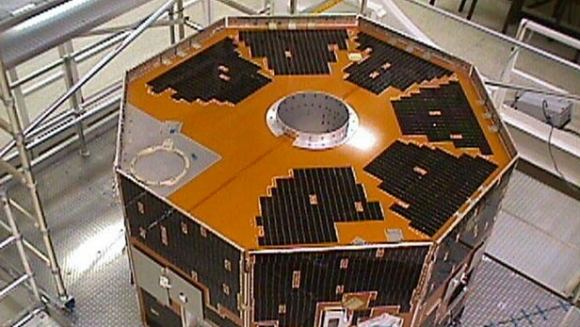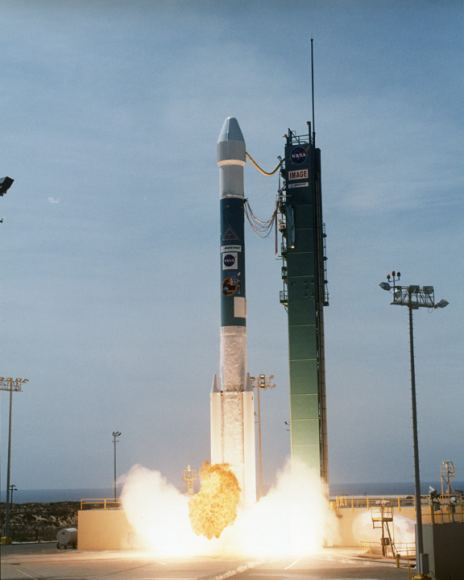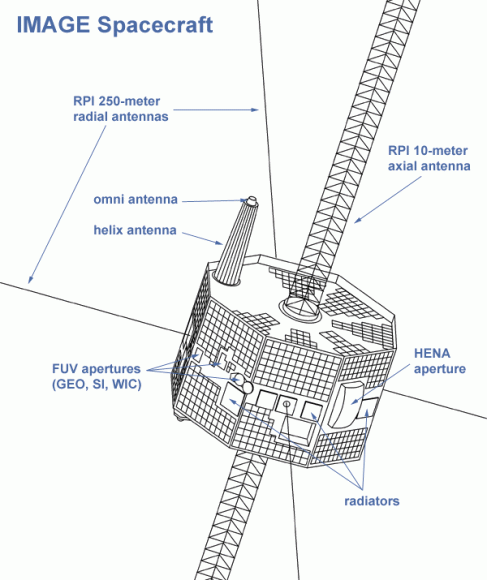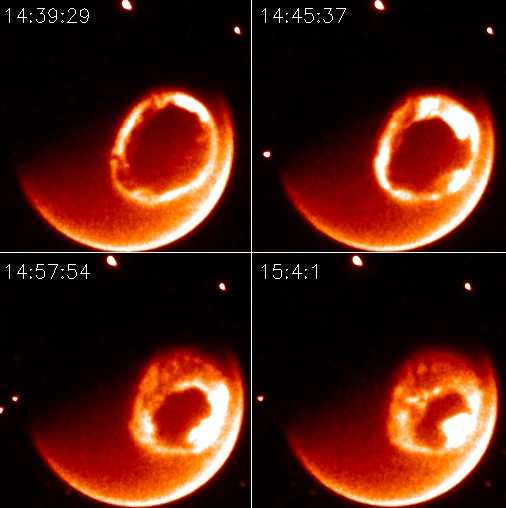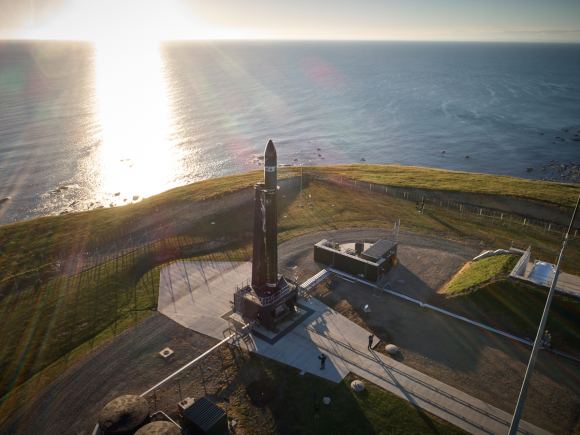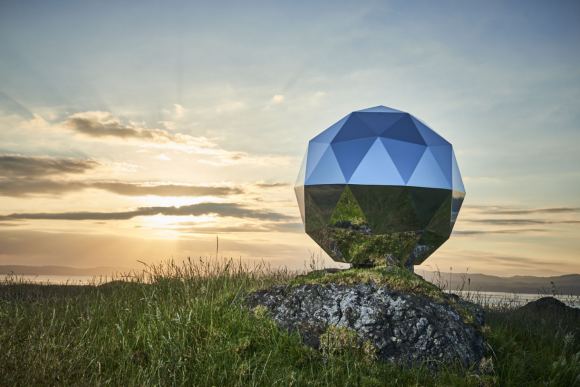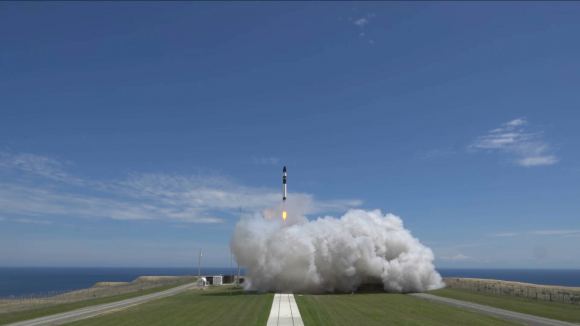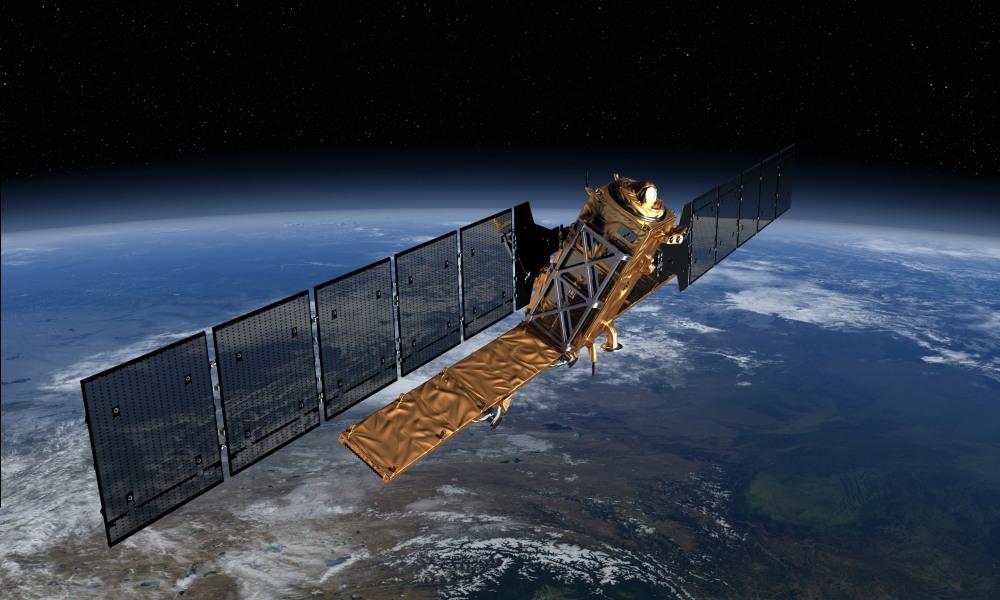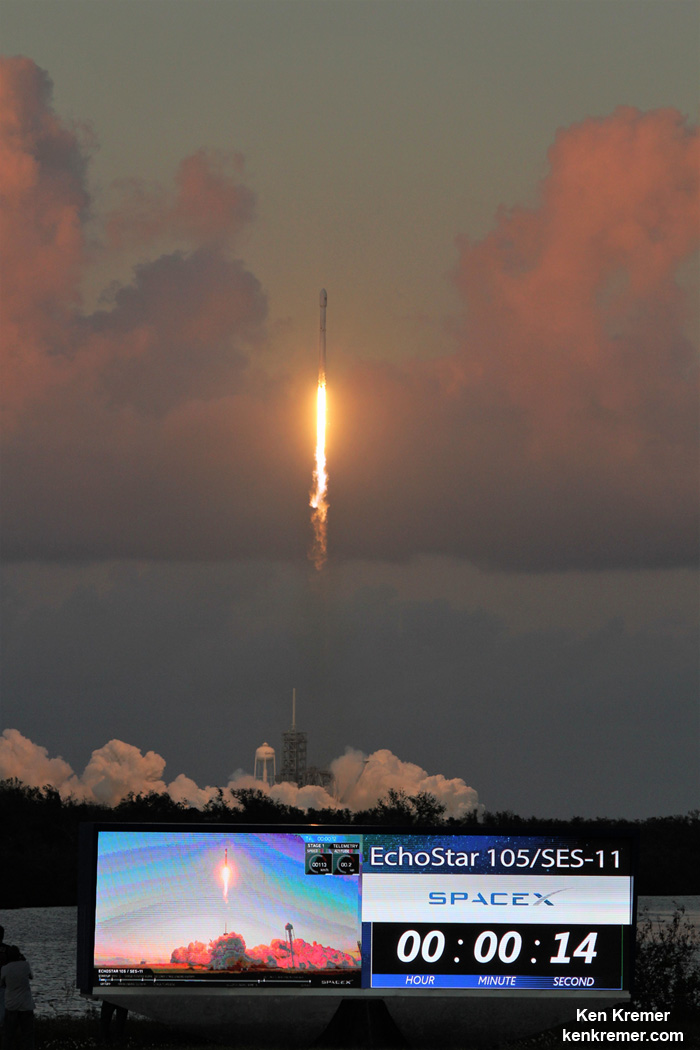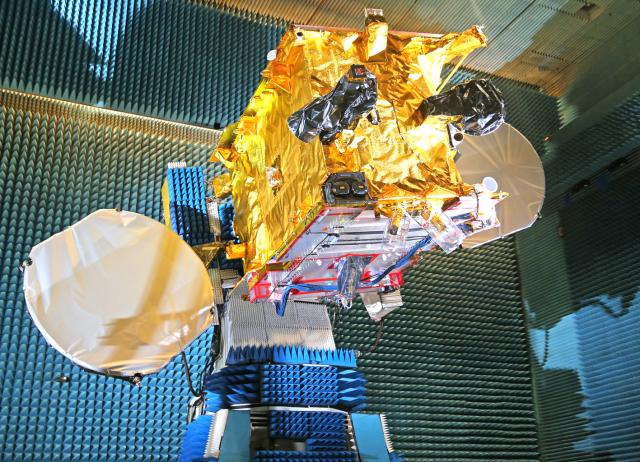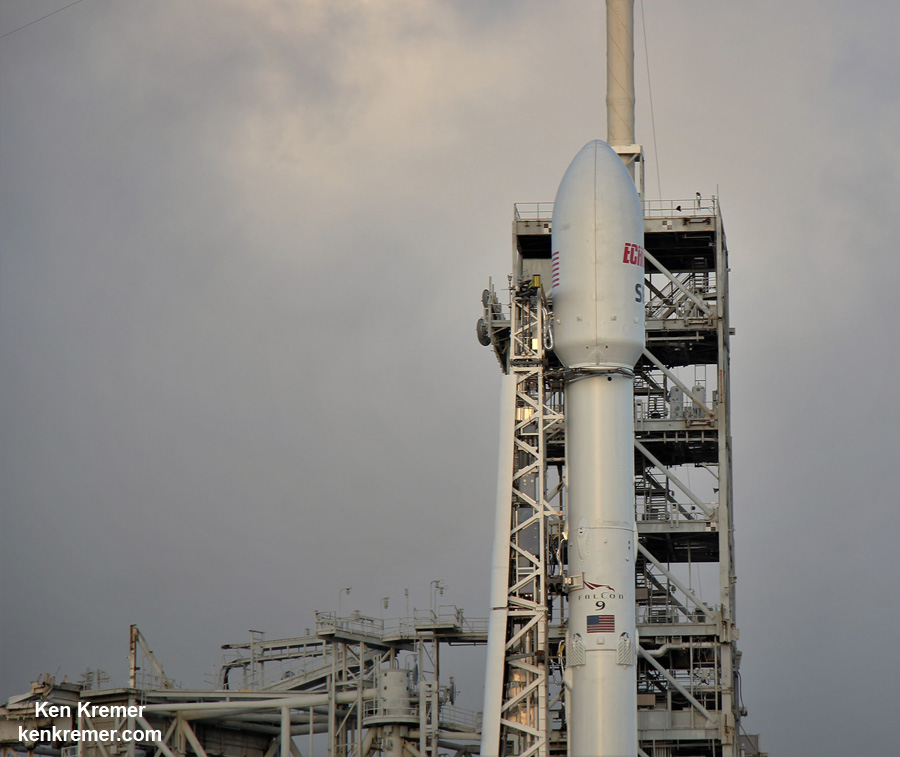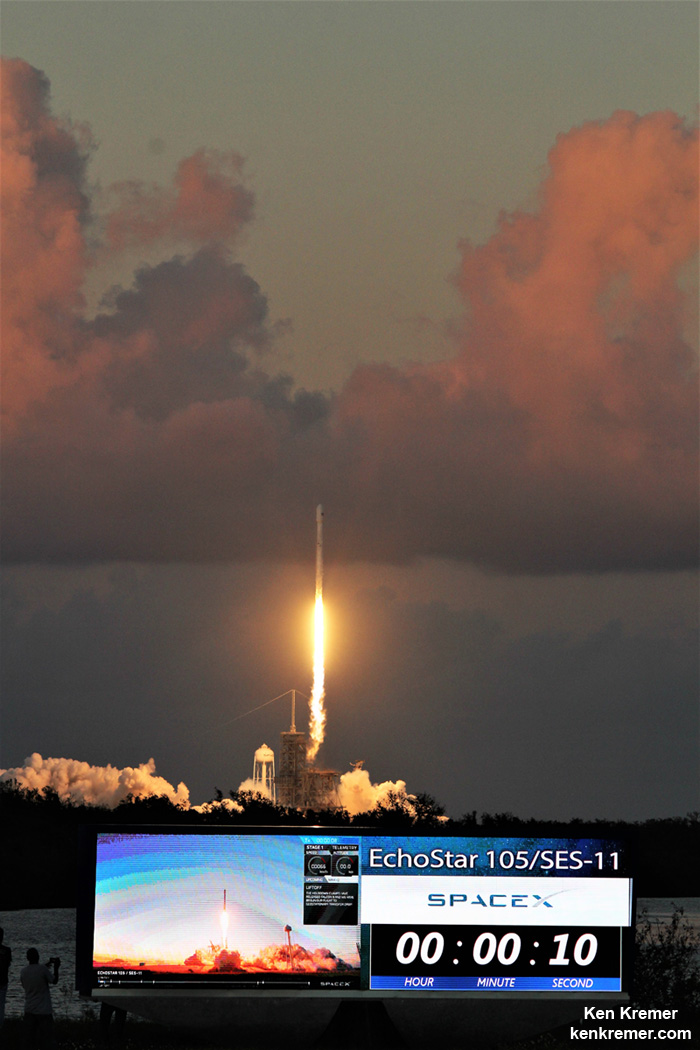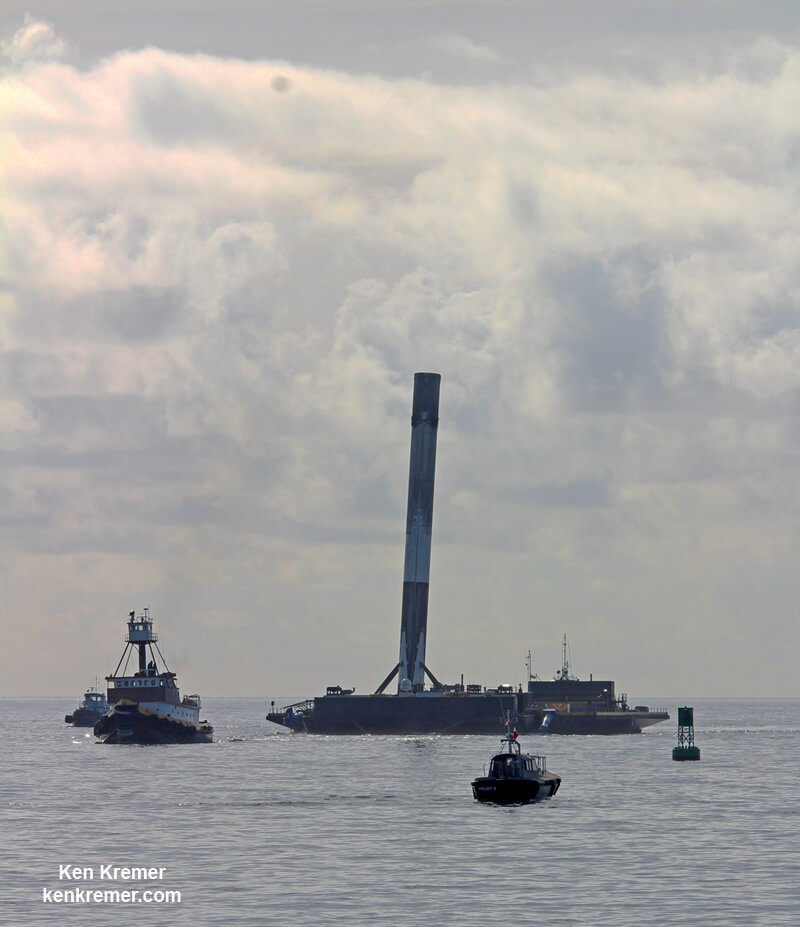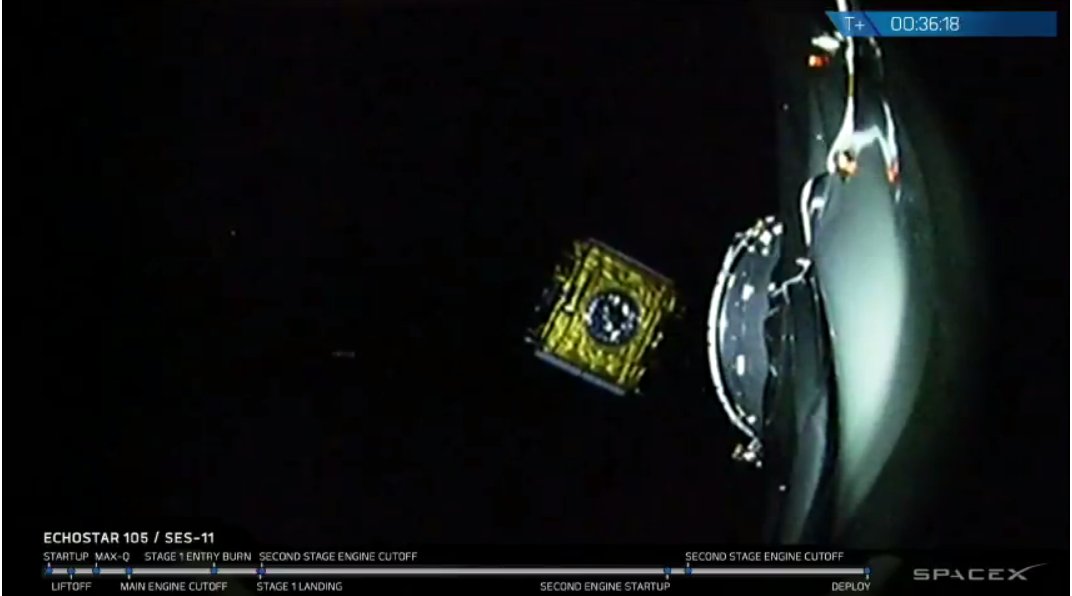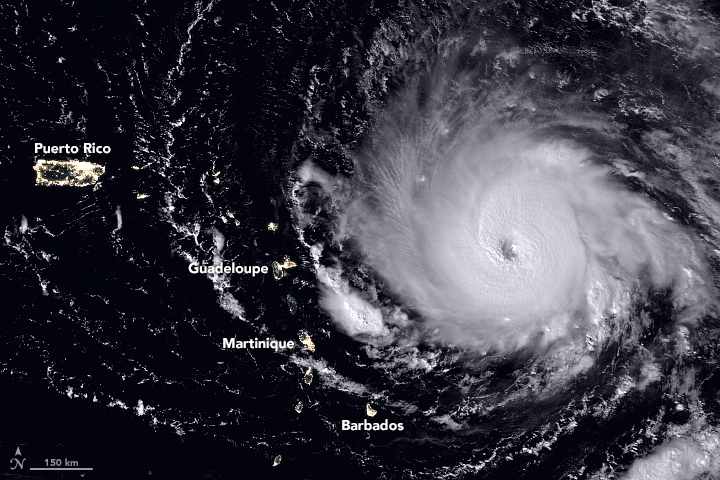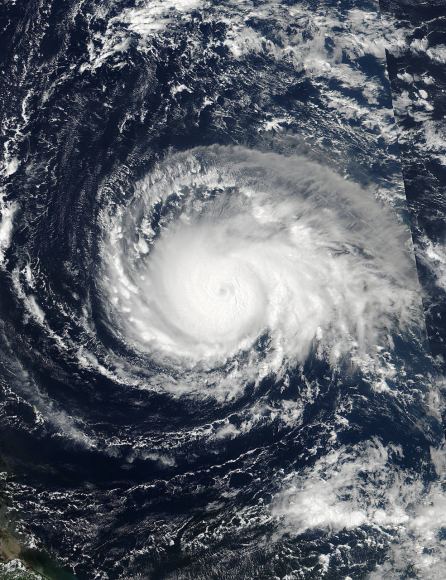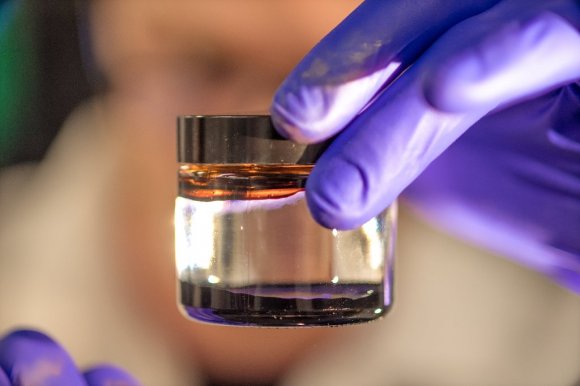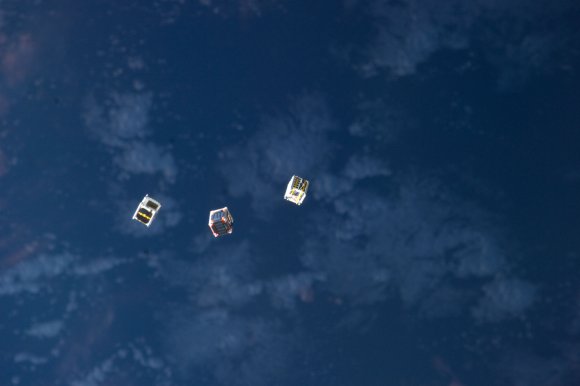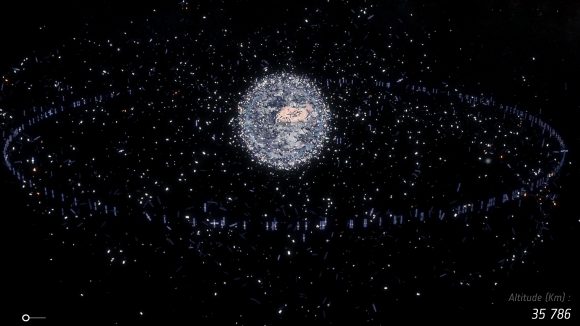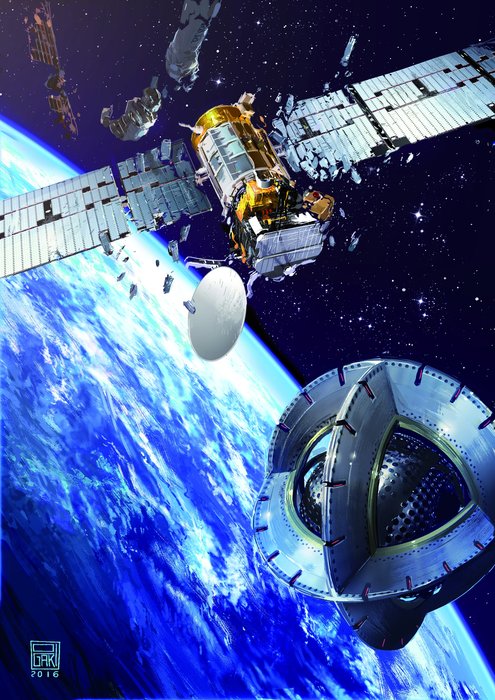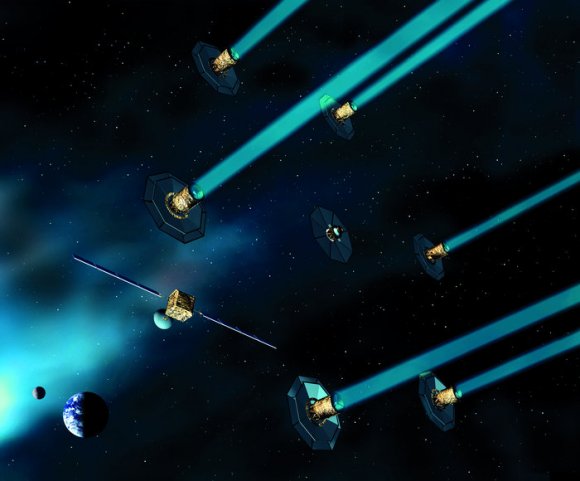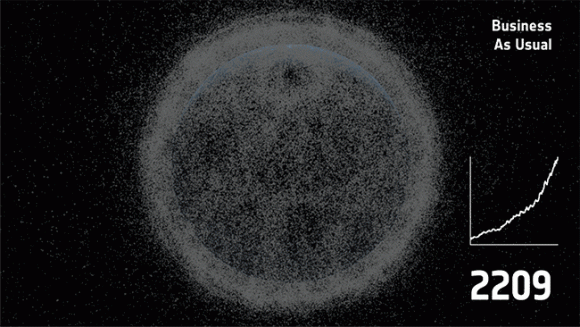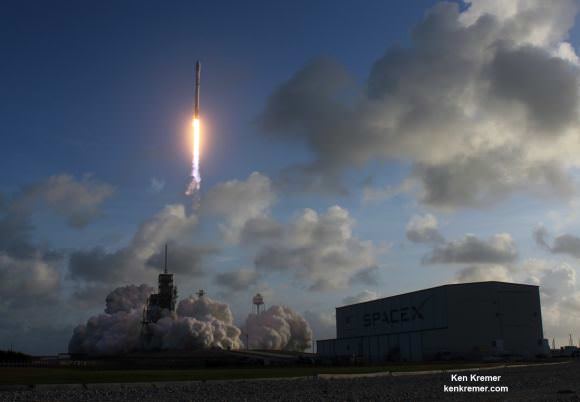After multiple delays, SpaceX’s PAZ mission launched from from Space Launch Complex 4 East (SLC-4E) at Vandenburg Air Force Base on the morning of Thursday, February 22nd. Shortly after it reached orbit, the rocket deployed its payload (the PAZ Earth Observing satellite) as well as and two Starlink demonstrations satellites that will test SpaceX’s ability to provide broadband internet service from orbit.
In addition, this launch was the first time that SpaceX would be attempting to “catch” the payload fairings from a Falcon 9 rocket using a retrieval ship. As part of their plan to make their rockets fully reusable, the rocket’s fairings were equipped with deployable chutes that would control their descent to the Pacific Ocean. Once there, the newly-commissioned “Mr. Steven” retrieval ship would be waiting to catch them in its net.
As noted, the primary mission for this launch was the deployment of the the PAZ satellite to low-Earth orbit. This synthetic-aperture radar satellite was commisioned by Hisdesat, a Spanish commercial satellite company, for governmental and commercial use. Its purpose s to generate high-resolution images of the Earth’s surface, regardless of whether there are clouds covering the ground.
https://www.instagram.com/p/BfgHKDNAplx/
The secondary payload consisted of two experimental satellites – Microsat-2a and 2b – which are the first phase in SpaceX’s plan to deliver broadband internet service to the entire world. The plan calls for the deployment of more satellites in phases, reaching a total of 4,000 by 2024. However, it was the attempted retrieval of the rocket’s payload fairings that was of particular interest during the launch.
To be fair, this would not be the first time that SpaceX’s attempted to retrieve payload fairings. In March of 2017, SpaceX successfully recovered the fairings for one of their Falcon 9s, which allowed them to recoup an estimated $6 million dollars from that launch. At present, SpaceX indicates that the cost of an individual Falcon 9 launch is estimated to be around $62 million.
If the payload fairings could be recovered regularly, that means that the company could stand to recoup an additional 10% from every individual Falcon 9 launch. These additional savings would not only make the company more competitive, but could allow for additional mission profiles that are currently considered too expensive.
Missed by a few hundred meters, but fairing landed intact in water. Should be able catch it with slightly bigger chutes to slow down descent.
— Elon Musk (@elonmusk) February 22, 2018
On Thursday Morning, SpaceX founder Elon Musk posted a picture of Mr. Steven taking to sea on Instagram with the following statement:
“Going to try to catch the giant fairing (nosecone) of Falcon 9 as it falls back from space at about eight times the speed of sound. It has onboard thrusters and a guidance system to bring it through the atmosphere intact, then releases a parafoil and our ship with basically a giant catcher’s mitt welded on tries to catch it.”
The launch, which was covered via webcast, went as planned. After taking off amid clear skies, the Falcon 9 reached orbit and deployed the PAZ satellite without incident, and the two Starlink satellites were deployed shortly thereafter. However, the webcast ended without providing any information about the status of the retrieval of the payload fairings.
At 7:14 am, Musk tweeted an update about the attempted retrieval, indicating that the fairings had landed in the ocean a few hundred meters from where Mr. Steven was waiting to catch them. While unsuccessful, Musk was optimistic about future attempts to retrieve payload fairings, saying:
“Missed by a few hundred meters, but fairing landed intact in water. Should be able catch it with slightly bigger chutes to slow down descent.”
As always, Musks seems undeterred by a setback and the company is moving ahead with its plans for expanded reusability. If successful, future attempts at retrieval are likely to involve the second stages of the Falcon 9 and Falcon Heavy rockets. Given all the possibilities that this will allow for, there are many who want to see Musk’s latest venture to succeed.
In the meantime, check out this webcast of the launch:
Further Reading: ArsTechnica

